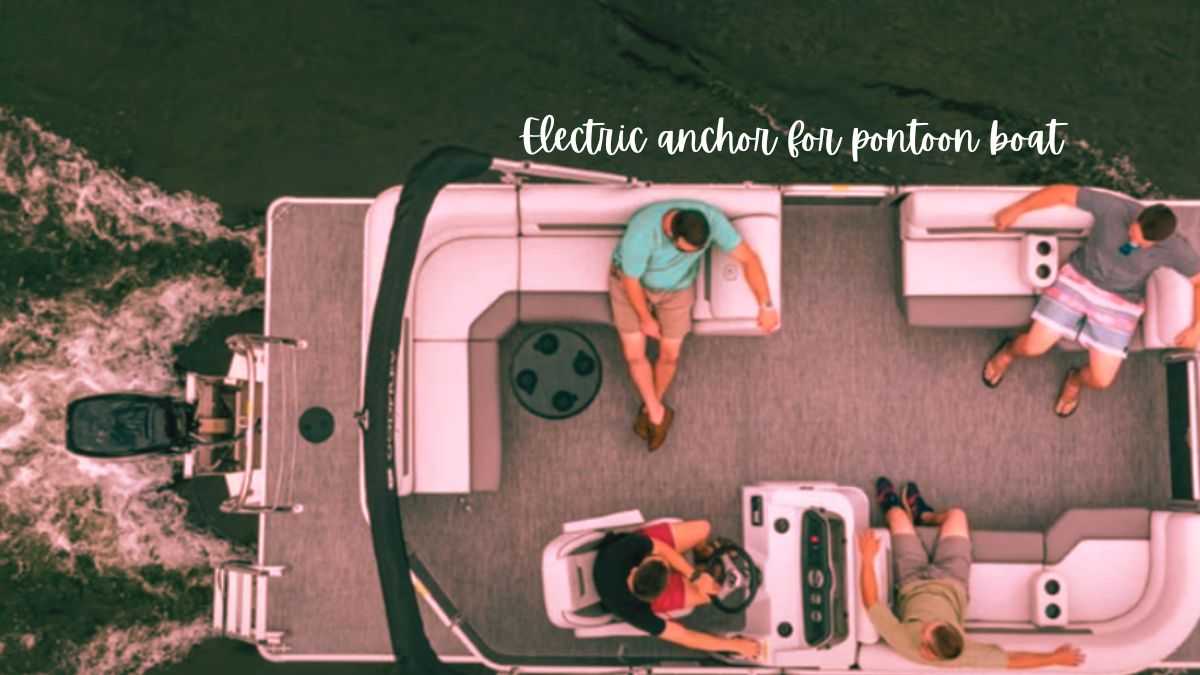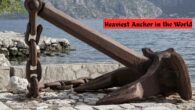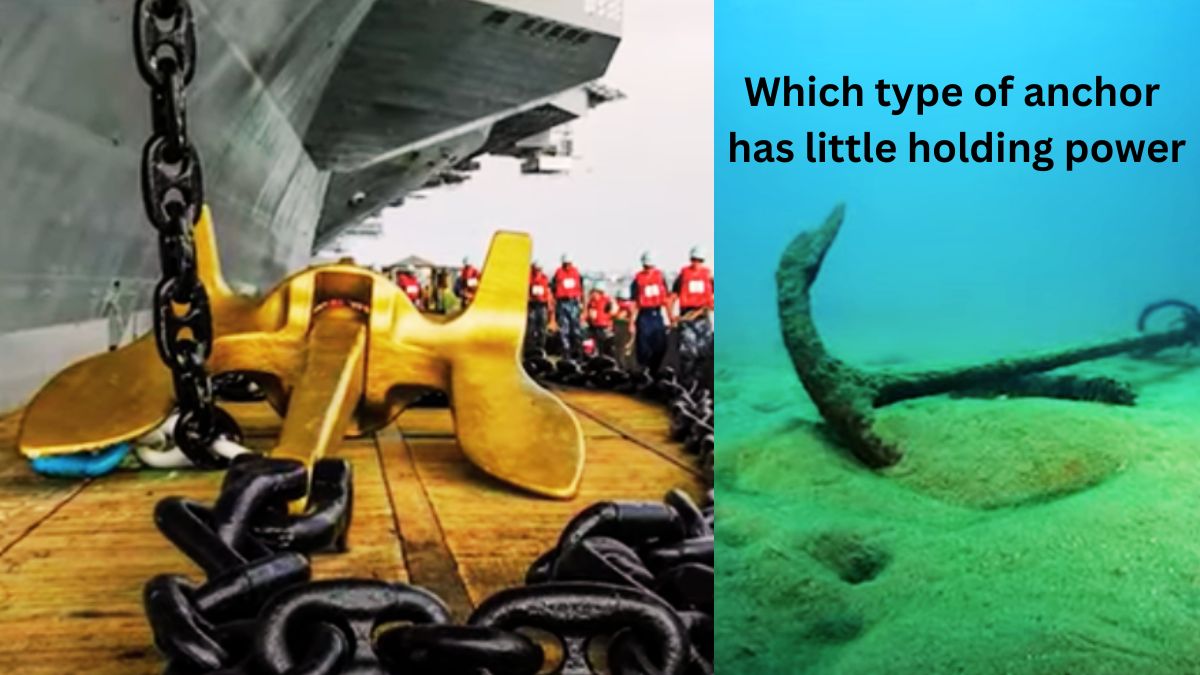
What Are The Five 5 Types of Anchor 2024
Learn What Are The Five 5 Types of Anchor
Today, we’re going to explore anchors- those metal friends that keep our ships safe at the bottom of the sea. So whether you are a sea dog or just a landlubber who loves everything about the sea, this article is bound to catch your attention.
But let’s cut straight to the chase – there are five main types of anchors that you will find on boats most of the time. You better hold on tight because we are about to sail through these vital parts of any ship.

Know What Are The Five 5 Types of Anchor
1. Admiralty Anchor (or Fisherman’s Anchor)
We should start with an all-time favorite -The Admiralty Anchor also known as Fisherman’s anchor has been around for centuries. It is designed with a large central shank and two curved arms called flukes at one end and a stock or crossbar at the other.
When it hits the seabed, this anchor digs its flukes into it, which ensures stability. However, sometimes while being used this type might get caught in ropes since ropes can easily become entangled with these extended lower parts known as fluke.
Still, simplicity and reliability make it popular, especially among smaller vessels like fishing boats where fouling may not be much of an issue due to its size compared to other types of anchors.
2. Plow Anchor (or CQR Anchor)
Another design worth considering is CQR (Secure) otherwise referred to as Plow anchor which represents modernized version based-on traditional admiralty models featuring some modifications for better performance under various conditions prevalent nowadays.
Plow-shaped anchors have more streamlined forms than their predecessors; they possess weight located closer towards bottom part thus helping them align correctly once settled on seabed while further increasing efficiency when it comes down digging into bottoms by means of fluke shapes hence holding power becomes greater compared with regular admiralities.
One great thing about plows is that if they get dislodged from position, they can reset themselves automatically again which makes them excellent choices for places having strong tides or shifting winds where this frequently happens. Nevertheless, these types may not work as effectively in areas that have many rocks or corals as their fluke points might find it hard to hold on.
3. Danforth Anchor
For boats with limited space onboard, the Danforth anchor could be an ideal option since its design takes into account convenience during storage. This type has a flat stockless shape with two hinged flukes which are allowed to swing outwards whenever necessary after being set down.
In soft grounds such as mud or sand where most other anchors fail miserably because of poor penetration ability, Danforths shine brightly by easily going deep thanks to sharp pointed tips located at extreme ends of each blade-shaped part called fluke; thus offering reliable support through holding tight onto bottom layers even in adverse conditions like heavy current flow areas.
One significant advantage associated with these small-sized devices lies in their lightweight nature coupled with compactness; hence making them easy to carry around even by children who love boating on shallow waters where bigger sizes could pose challenges due inability lift heavy objects comfortably. Additionally, absence stocks reduces chances getting tangled ropes commonly experienced when using different kinds.

4. Bruce Anchor (or Claw Anchor)
Following on from that, we have the Bruce Anchor or Claw Anchor. It is called this because it looks like a claw with one point and a bent arm.
The notable thing about the Bruce anchor is its quick setting ability and great holding power in different bottom conditions such as soft mud, sandy bottoms, grassy places or even weedy areas. Its peculiar shape enables it to embed itself in and hold onto the bottom well which makes it popular among pleasure boaters and cruisers.
But there is one disadvantage of this type of anchor which might be experienced more frequently than any other kind – tangling up the rode easily due to strong currents or variable winds when compared with some other models during use; also having only one fluke might not work better on rocky or coral-rich bottoms where multi-fluked anchors could offer more secure grip.
5. Delta Anchor (or New Generation Anchor)
Last but not least we will talk about delta anchor also known as new generation anchor. This design combines features from different types of anchors into one high-performance multifunctional product.
Delta anchors have triangular shape with two pivoting flukes that can swing outwards upon being buried into seabed similarly to Danforth Anchors but they also possess weight at the base of their shanks like Plow Anchors for improved alignment on bottom surface.
What sets apart delta anchor among others is its unmatched holding power which many consider being superior over most other designs available today. It works well across various bottom types ranging from soft muds through sands up to harder surfaces such rocks or corals.
Moreover what makes delta type so popular is its ability to reset itself after being dislodged which comes handy for boats mooring in places with strong tides or gusty winds however keep in mind that they are more expensive than traditional designs.
Best Practices For Anchoring
Now that you know five main types of boat anchors, let’s discuss some general rules how should they be used to ensure safe and secure anchoring of your vessel because even if you have the best anchor in the world but do not follow proper procedure it will not work.
The first thing is selecting an appropriate type of anchor according to bottom conditions prevailing where you intend operating as using wrong one might result into poor holding ground causing boat drift or run aground.
Another important consideration should be paid when determining length for anchor rode. Scope refers to ratio between length of line and depth so water; generally 5:1 – 7:1 scope is recommended for most anchoring situations though higher ratios provide more elasticity stability during stormy weather while lesser ones offer less drag force.
Another vital concern is the type of rode that you are using. Though they are cheaper and easier to handle, rope rodes may wear out more quickly through abrasion. In comparison, chain rodes last longer and provide a better catenary but they are also heavier and harder to manage. Many boats go for a combination of both chains and ropes in order to get the best out of either.
Lastly, it is always a good idea to carry with you on board an extra anchor just incase your primary anchor fails to set or gets fouled. A secondary anchoring system can save lives during emergency situations or when trying to anchor in difficult conditions.
Anchoring in the Modern Age
As we sail into the future, what it means for us to be anchored is changing rapidly; each day brings new technologies designed around safety at sea which can also improve efficiency while reducing environmental damage caused by anchorage.
One recent development within this domain involves remote monitoring systems becoming common place among mariners: It lets them check their position relative others’ positions as well whether there might be any nearby hazards such dragging along underwater structures like pipelines because these devices work based off sensors which use satellites so that anyone can know where he/she has dropped anchor before even going down under water physically themselves – all thanks mainly due sensor technology’s growth!
There has been growing interest lately towards finding environmentally friendly solutions especially within certain marine areas such as coral reefs or even seagrass beds where currents tend sweep everything away within seconds if not properly secured into place from being dragged across bottom too fast thereby causing great harm upon delicate ecosystems found there in view of this some enterprises now opt for using biodegradable polymers instead normal ones made out plastics obtained oil wells deep beneath earth’s surface; others still consider recycling used materials turn them back into useful stuff like anchors which would then cause less harm upon natural habitats located close these sites during production process compared current practices thereby preserving biodiversity while ensuring that such activities take care more about preservation rather than destruction environment further apart.
Another field that has seen much growth in recent times is offshore wind farms among other renewable energy installations built along coastlines or out at sea where waves are bigger and winds stronger than on land. These need to be able to withstand extreme weather conditions for long periods often situated low lying areas close shorelines subject frequent heavy rains strong winds high tides etc hence require anchors which can hold them tightly even when bottom gets muddy due constant turbulence happening there; thus new designs have been invented using various deployment methods meant specifically cater these needs through anchorage systems created this way.
Conclusion
So there you have it landlubbers – everything you need know about ship anchoring including five main types of anchors used on ships, some best practices when it comes to anchoring as well as what future holds for this essential maritime technology.
Whether you’re an experienced sailor or just interested in boats, knowing about different kinds of anchors and their strengths/weaknesses is key to safe anchoring. Indeed, choosing the right anchor for your boat and deploying it correctly can be the difference between a peaceful night at anchor and a terrifying experience where the ship starts dragging or even worse, runs aground.
After reading this article I hope next time when looking out towards sea with ships sitting safely at distance one will realise how important these metal marvels are in the world of sailing.













Leave a Reply